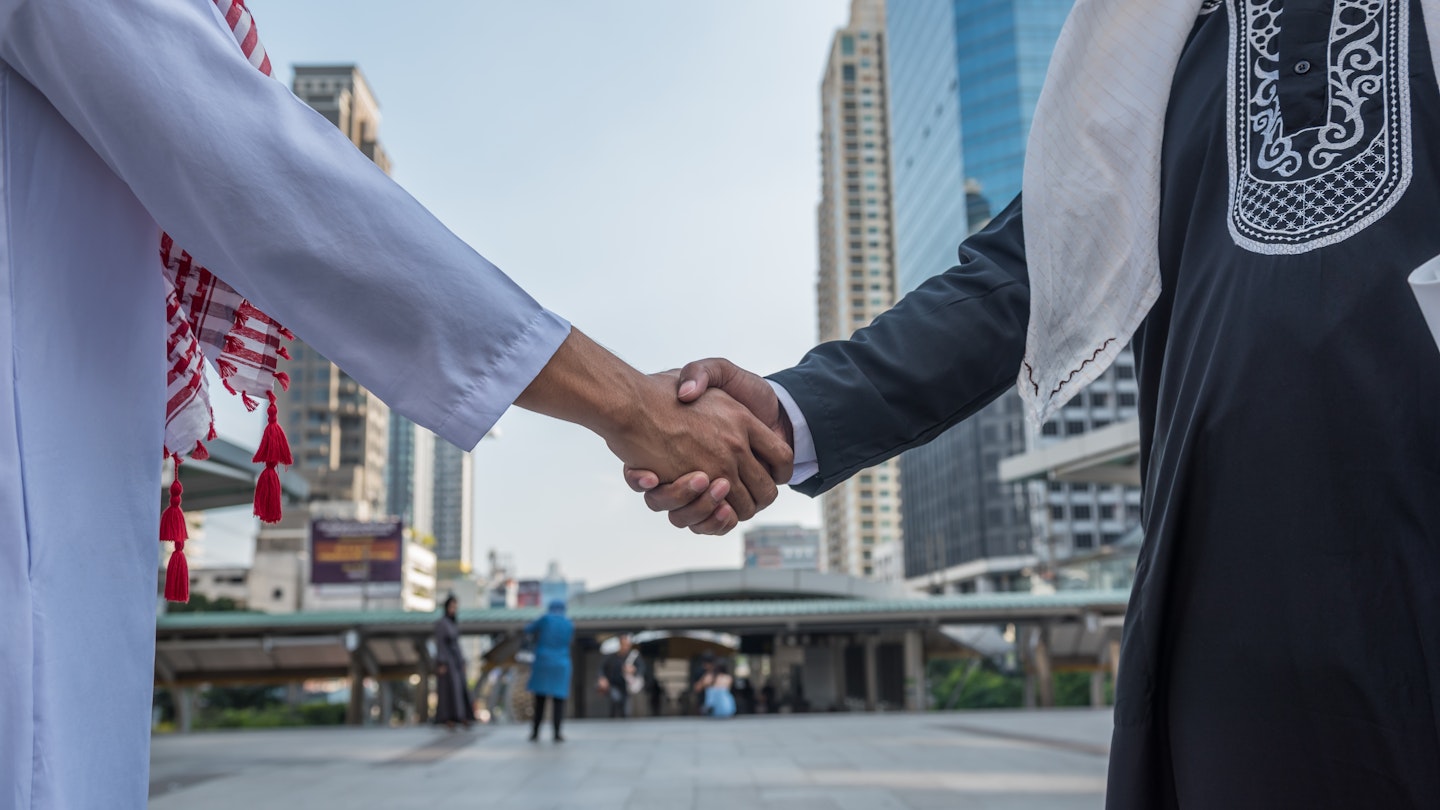Unique Ways to Greet People Around the World
The coronavirus has influenced how we greet one another, with elbow bumps and distant waves becoming commonplace. However, greetings around the world are often more elaborate and culturally significant. From bowing in Asia to nose rubbing in the Middle East to cheek kisses globally, this article explores various customary greetings from different cultures.

Touching Noses
Known as khashm-makh in the Gulf states and kunik by the Inuit people of Canada and Greenland, going nose-to-nose is a traditional way to greet others. In Oman and the United Arab Emirates, Bedouin customs involve rubbing noses and shaking hands simultaneously. Although similar in appearance, the kunik differs significantly as it includes sniffing as a central element.
According to Inuit culture specialist Taqralik Partridge, the kunik is performed by pressing the nose against the skin and inhaling deeply, creating an intimate bond between loved ones.

The hongi, New Zealand’s traditional Māori greeting, incorporates pressing noses and foreheads together while inhaling each other’s breath. This custom signifies unity between individuals. Dr. Angus Hikairo Macfarlane, a Māori research expert, illustrates its spiritual roots by referencing the myth of the god Tāne-nui-a-Rangi, who breathed life into the first woman.
Although hongi faced restrictions due to the pandemic, its cultural importance remains clear, with notable figures defending its place in society.
Sticking Out Your Tongue
In Tibet, the gesture of sticking out one’s tongue serves as a traditional greeting. This practice dates back to a 9th-century king believed to have been reincarnated, prompting locals to display their tongues to show they were not him. Currently, this greeting represents respect and agreement, maintaining its cultural relevance.
Bowing
Bowing is customary in various Asian cultures, with practices differing substantially. In Japan, the technique of ojigi varies based on context. Factors influencing bowing depth include the nature of the relationship, gratitude expression, and the context of the greeting.
For a formal standing bow, maintain a straight back with legs together and bend at the waist, avoiding eye contact until completion. A casual interaction may only require a slight head nod.

In India, Nepal, and Bangladesh, the namaste signifies respect and gratitude, with hands pressed together in prayer formation. Traditionally, a bow accompanies it; however, in modern interactions, it may be used without the bow except when addressing elders or VIPs, where additional respect is implied.
Another similar gesture is the wâi in Thailand, where hands are placed together at chest level, with the head inclined downward. This greeting serves various purposes including greetings, apologies, and expressions of gratitude. The depth of bowing also varies depending on the social context.

Cheek Kissing
Cheek kissing is so prevalent globally that it can be challenging to track. In France, known as la bise, the number of kisses varies from one to four depending on the region, though two kisses are widely accepted. Other countries like Spain, Brazil, and Germany align closely with this practice. In Middle Eastern and Latin American cultures, cheek kissing has become a customary greeting, adding a layer of warmth to interactions.
The customs surrounding cheek kissing, including who initiates the kiss and which cheeks touch first, may differ from one culture to another. Following a local’s lead is typically advisable, as social norms may vary significantly.
Hand Gestures
While a firm handshake is valued in many Western cultures, several societies incorporate unique hand gestures into their greetings. In the Philippines, the mano po acknowledges elders by placing their hand against one’s forehead instead of kissing it. Meanwhile, Botswana features a distinctive three-part handshake that includes verbal greetings, showcasing the richness of cultural practices.
In Zambia, one might alternatively opt for a no-contact greeting, which involves simply clapping hands and saying muli bwanji (which translates to “hello” in Nyanja).





